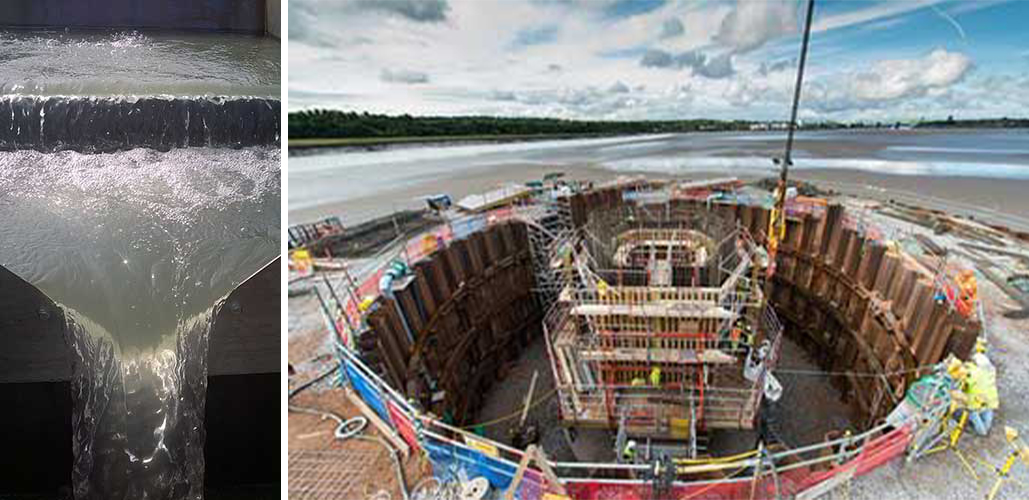Dewatering is used on civil engineering and construction projects to enable excavations to go below the groundwater level.
Dewatering involves the temporary lowering of groundwater level to below an excavation level or depressurisation of groundwater pressures to enable an excavation to be undertaken in stable ground conditions.
Other commonly used terms are Construction Dewatering or Groundwater Control. Stuart Wells Limited offers a one-stop service for the design, installation and provision of Dewatering Systems.
- Design of Dewatering Systems
- Installation and Commissioning
- Hire and/or Sale of Dewatering System
- Ongoing Management and Monitoring
Why Dewater?

Dewatering can generate soil stability, the removal of groundwater or reducing porewater pressures from a saturated soil matrix will increase the effective stress of the soil.
Excavations become unstable and fluidisation or boiling or quick sand conditions will occur were the upward hydraulic gradient exceeds a critical value. The base of an excavation will become unstable if vertical effective stress approaches zero. Dewatering is used to reduce hydraulic gradient and generate stable soil conditions.
Basal heave will occur when an excavation is made in low permeable soils (Clay) which has an underlying confined aquifer, where there is insufficient weight + any shear stress of its sides in the plug of low permeable soil to counter up flow forces. Resulting in heave and occasionally piping of groundwater. Dewatering used to reduce porewater pressures in confining aquifer to below critical level or below excavation level.
Stuart Wells Limited has 40 years experience as a leading UK dewatering contractor. Using wellpointing, deep wells, ejectors, and pressure relief well systems. We have been involved in some of the UK’s major infrastructure projects such as Hinkley Point C, HS2, Crossrail, Sizewell, and Werrington Grade Separation. Please see our Case Studies page for examples.